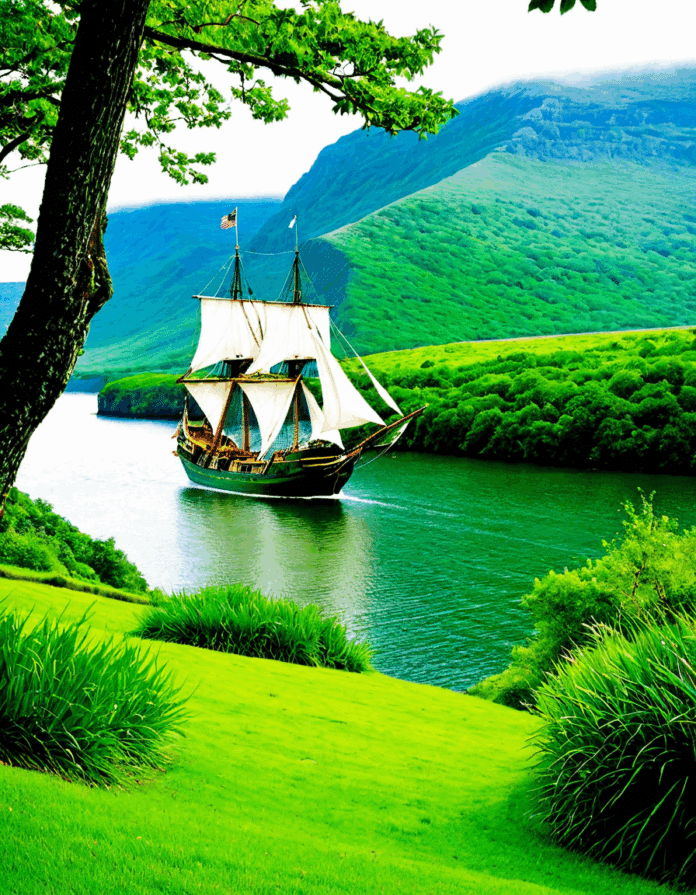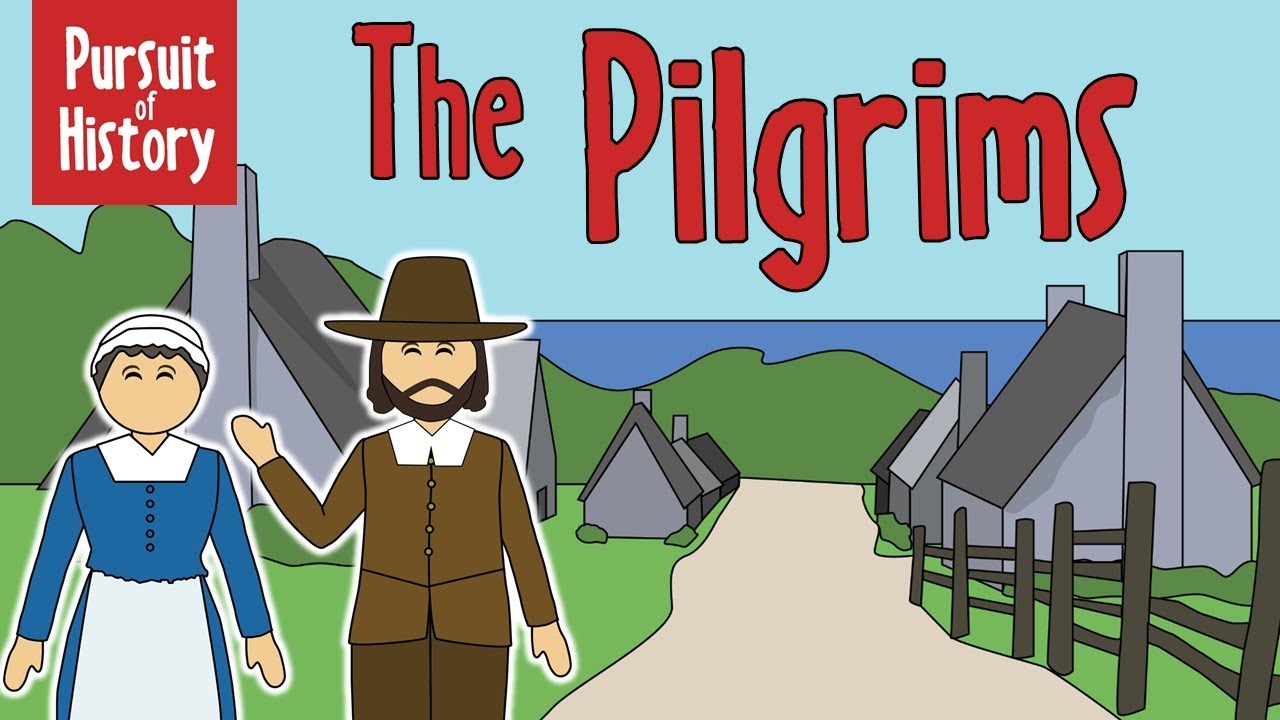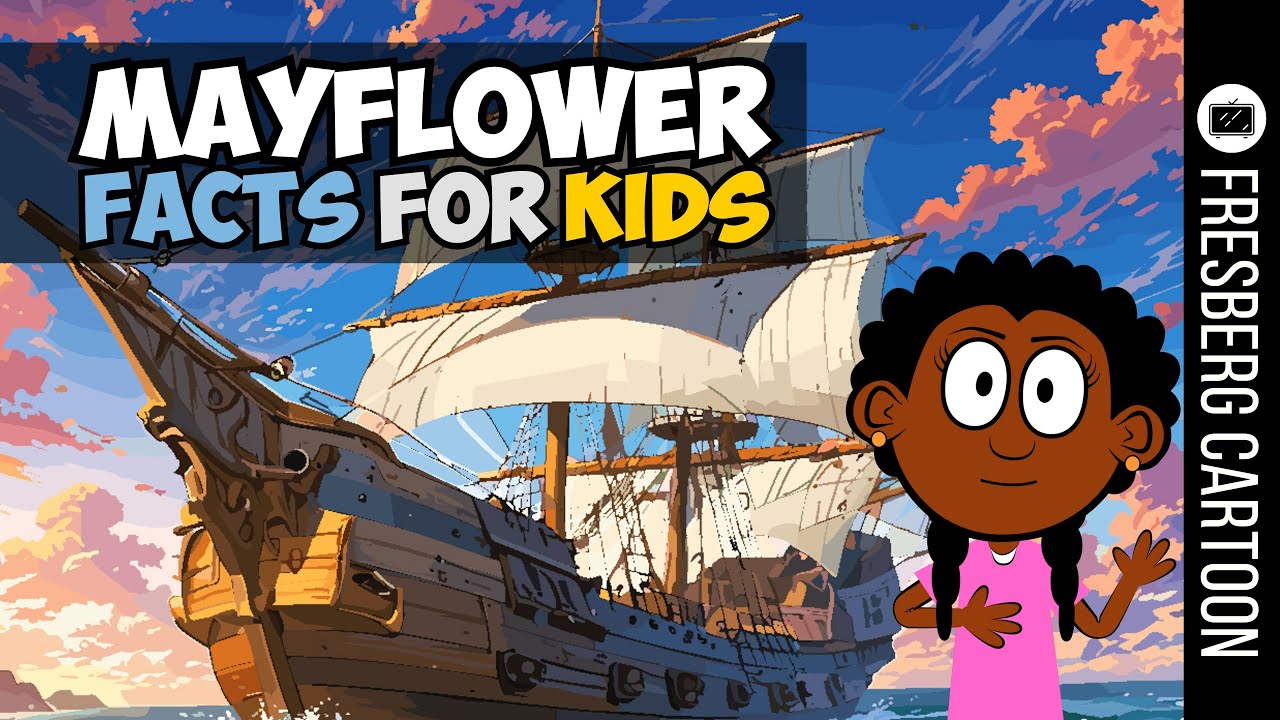The Mayflower’s voyage in 1620 is more than just an early colonizing effort; it’s a defining chapter in American history that set the stage for the birth of a nation. Carrying a group of English Pilgrims yearning for religious freedom, the Mayflower became synonymous with the quest for liberty. This remarkable journey not only affected those aboard; it reverberated through history, shaping social, political, and economic landscapes, and paving the path for contemporary American identity.
The Impact of the Mayflower Voyage on Early American Society
The Mayflower’s arrival in what is now Massachusetts heralded the beginning of Plymouth Colony, a settlement founded on the dreams of the Pilgrims. These early settlers faced countless hurdles, from harsh winters to limited resources. Yet their resilience forged a community grounded in the values of cooperation and shared purpose. This ethos became the foundation of early American society, emphasizing the importance of unity in overcoming adversity.
Moreover, the Mayflower journey fostered a spirit of exploration and innovation. The Pilgrims initially utilized trade and agriculture to survive, experimenting with crops and forging relationships, notably with the Indigenous peoples, who were instrumental to their survival. By establishing these connections, they not only improved their own circumstances but also laid the groundwork for future interactions—both harmonious and conflicting—with Native Americans and other settlers.
The lessons learned from this initial voyage profoundly shaped the development of social structures in the New World. As the Pilgrims navigated their new reality, they established frameworks that would later influence governance, religious practice, and social norms, embedding the crucial values of resilience and determination into the American ethos.
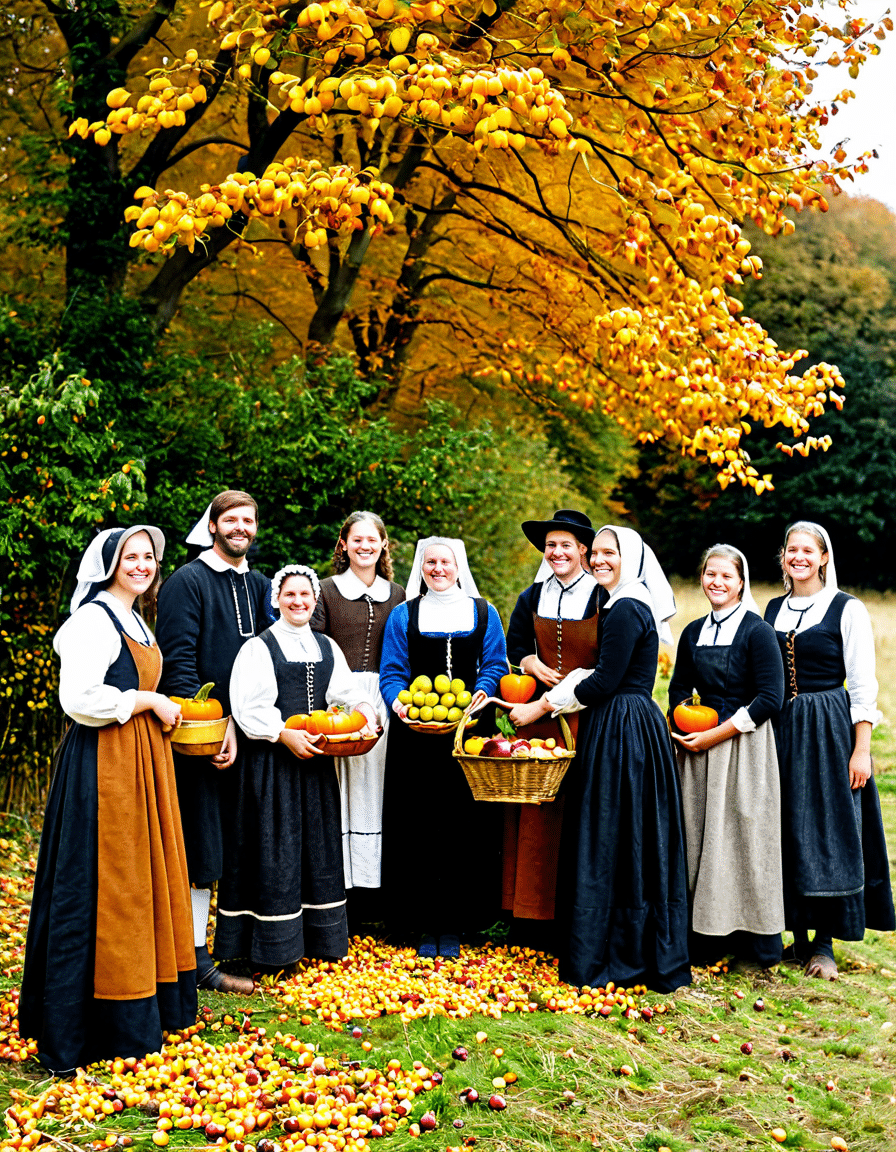
Top 7 Ways the Mayflower Journey Influenced American Identity
Although the Mayflower’s passengers were primarily Puritans, diverse backgrounds enriched their early communities. Different beliefs and customs began to meld, establishing the early threads of a tapestry that would be America. Boston exemplifies this evolution, embracing its multicultural roots today, and allowing for various traditions to thrive side by side.
The Mayflower Compact, often regarded as one of the first governing documents in America, laid a cornerstone for democratic governance. It established a framework for the settlers, allowing them to collaborate on laws through mutual consent. This early step towards self-governance contributed to the ideals embedded in the U.S. Constitution, making the Pilgrims’ legacy critical in the fight for democracy.
Fleeing religious persecution in England, the Pilgrims sought a refuge that would foster their beliefs. Their settlement proliferated ideals of religious tolerance, which paved the way for the First Amendment in the U.S. Constitution. Groups like the Quakers and later immigrants found support and acceptance in this groundbreaking community, laying the foundation for a more inclusive society.
The Pilgrims initially struggled to establish an economy, but their innovative spirit soon bore fruit. Through communal farming and trade, they cultivated vital crops that would sustain them and influence future agricultural practices. The success of crops like tobacco and corn sparked economic growth, impacting markets across America, including thriving farms in Virginia today.
The Pilgrims encountered Indigenous peoples, particularly Tisquantum (Squanto), who played a crucial role in their survival. This relationship illustrates the dual nature of collaboration and conflict inherent in early American encounters. Today’s discussions surrounding land rights and heritage often draw on these complex histories, illustrating the enduring ramifications of the Mayflower’s voyage.
The saga of the Pilgrims captured in William Bradford’s “Of Plymouth Plantation” serves as a vital historical record. This diary chronicles the struggles and triumphs of early settlers, reflecting the spirit of hope and resilience that resonates with American identity. Such literary works remind us of the heritage we build upon and the narratives we continue to craft.
While the Pilgrims’ harvest feast in 1621 is celebrated as Thanksgiving, it requires deeper analysis in today’s context. The narrative has often been sanitized, glossing over the complexities of early colonization and Indigenous experiences. Recognizing these nuances invites critical reflection concerning cultural appropriations and historical accuracy in America’s storytelling.
Legacy of the Mayflower in Contemporary Society
Fast forward to 2026, and the Mayflower’s legacy remains embedded in the American psyche. Annual Thanksgiving celebrations and educational programs about the Pilgrims serve as reminders of their journey. The story challenges current generations to consider the values of inclusion and unity, often drawing parallels with contemporary issues like immigration and human rights.
Beyond celebrations, the lessons from the Mayflower journey continue to influence American culture. The ongoing discourse about identity and community resonates with individuals from diverse backgrounds, much like the varied plants influenced by the Mayflower, including the geranium and cauliflower. Each generation must recognize the histories that shape their realities, carrying the values of resilience and liberty forward.
In essence, the Mayflower’s journey was not merely an exploration; it was the tipping point that laid the foundations of a nation. As we move into the future, let’s carry forth the insights from this significant event, striving to honor both our heritage and the progressive spirit that characterizes the American experience today. The Mayflower may symbolize a voyage of the past, but its lessons are eternally relevant, inviting us to reflect on the core values of identity, freedom, and community that define our collective journey.
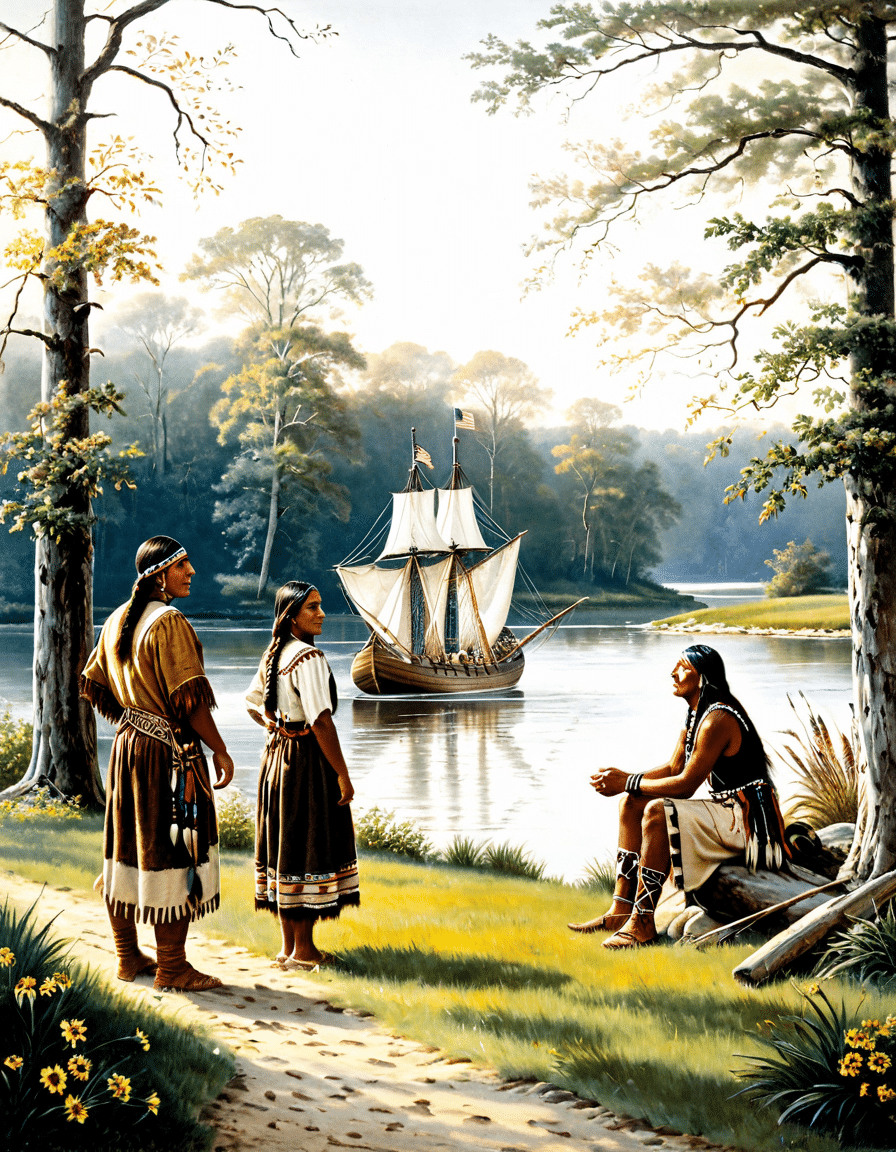
The Mayflower: A Journey That Shaped History
The Voyage that Changed Everything
In September 1620, the Mayflower set sail from England, carrying 102 passengers bound for the New World. This voyage was much more than a simple relocation; it marked the dawn of a new era in American history. While many aboard were seeking religious freedom, others had their eyes set on opportunities and adventures. Among the passengers was William Bradford, who would go on to become the governor of Plymouth Colony. Interestingly, have you ever wondered about the ridiculously comfortable cloud sneakers many people wear today? While the Mayflower’s passengers braved the turbulent Atlantic in search of freedom, today’s sneaker enthusiasts can enjoy cushy footwear on solid ground.
When we talk about individuals taking chances, remember the young and spirited cheerleader spirit embodied by many aboard the Mayflower. They were filled with hope and determination, rallying each other through the trials of the journey. This voyage faced innumerable challenges, including harsh weather and dwindling supplies, yet their tenacity paved the way for future generations. Just like the celebrated Argentinian tennis player Diego Schwartzman, who never backs down in the face of adversity, these Pilgrims were determined to forge a new life.
Life in the New World
After arriving in November 1620, the settlers found themselves amidst a harsh winter in what is now Massachusetts. It wasn’t just the cold; the settlers had to learn to adapt quickly to new surroundings filled with unexpected trials. Life in the New World was tough, akin to what one might experience facing catatonia—a state of no response to the surrounding world. Yet, this tenacity helped them thrive and eventually celebrate their first Thanksgiving feast, an event that has become an integral part of American culture.
As part of their integration into the new environment, many Pilgrims embraced local customs and knowledge. It’s fascinating to consider how these early settlers mirrored the youthful spirit of Tallulah Willis, who represents the new wave of youth exploring their identities and standing up for tradition. Over time, the Mayflower’s legacy grew and eventually became a symbol of resilience and hope for countless Americans.
Fun Facts About the Mayflower
Did you know that the Mayflower wasn’t the only ship that left England for the New World in 1620, but it was the only one to make it? The sister ship, the Speedwell, sprang leaks and had to turn back. Just as fashion has evolved from those early days, so too has our understanding of cultural icons, like the classic Mary Janes that many of us don today.
It’s also intriguing to explore the influence of the Mayflower lineage—some argue that even the June zodiac sign might reflect the traits of resilience embodied by these early settlers. The legacy continues to draw interest, much like the haunting themes of the As Above So Below movie, which explores the idea of uncovering what lies beneath the surface. The Pilgrims’ story is about uncovering new paths and understanding the significant impact that courage and conviction have on history, reminding us that the past shapes our present.
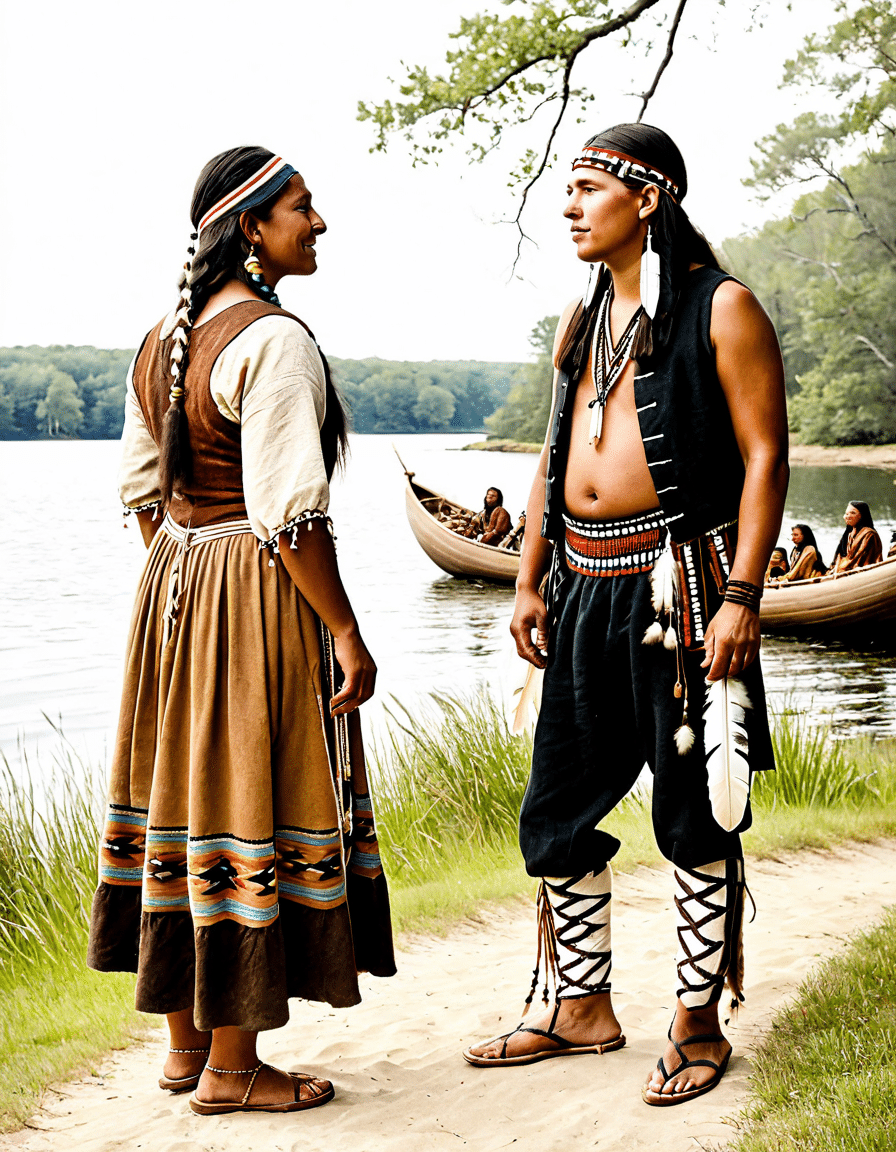
Who came on the Mayflower in 1620?
Around 100 passengers, including Pilgrims and others seeking a new life, came on the Mayflower in 1620.
Is a Mayflower a flower?
Nope, a Mayflower isn’t a flower; it’s actually a name for the ship that carried the Pilgrims to America.
How many of the 102 Mayflower passengers survived?
Only about half of the 102 passengers survived the first winter in America, with many dying from disease and harsh conditions.
How many times did the Mayflower come to America?
The Mayflower made just this one trip to America in 1620, but it’s a huge part of history.
Who was the one person who died on the Mayflower?
William Butten was the only person who died on board during the voyage to America.
Did any slaves come over on the Mayflower?
No, there weren’t any slaves on the Mayflower; the passengers were mostly seeking freedom from religious persecution.
Was a baby born on the Mayflower?
Yes, a baby named Oceanus was born while the Mayflower was at sea, making history along the way.
What animal was not on the Mayflower?
Cats and dogs weren’t on the Mayflower; it mainly carried people and some livestock for the journey.
Do mayflowers smell?
Mayflowers, also known as soapworts, have a sweet scent, especially when in bloom during spring.
How rare is it to be a Mayflower descendant?
Being a Mayflower descendant is pretty rare; it’s estimated that only about 35 million Americans can trace their ancestry back to those original passengers.
What was the main cause of death on the Mayflower?
The main cause of death on the Mayflower was illness, with many suffering from scurvy and other diseases.
What religion were the Pilgrims?
The Pilgrims were primarily Separatists, a group seeking to practice their religion freely and distinctly from the Church of England.
Where is the original Mayflower ship now?
The original Mayflower ship sank, and its remains were discovered in the 20th century off the coast of Cape Cod.
What did the Pilgrims eat on the Mayflower?
The Pilgrims mainly ate dried meats, fish, grains, and some vegetables; they had limited supplies during their journey.
Who was the Native American who taught the Pilgrims how to survive in America?
Squanto, a Native American from the Patuxet tribe, played a key role in teaching the Pilgrims how to survive in the new environment.
How rare is it to be a Mayflower descendant?
Once again, it’s rare to be a Mayflower descendant, with only a few million people eligible for membership in the Mayflower Society.
Did the baby born on the Mayflower survive?
Yes, little Oceanus did survive; he became part of the Pilgrim community in America after they landed.
What religion were the Pilgrims?
The Pilgrims were primarily Protestant, specifically Separatists, seeking a place to practice their faith freely.
Were there Jews on the Mayflower?
No, there weren’t any Jews on the Mayflower; the passengers were mostly English Christians looking for religious freedom.

